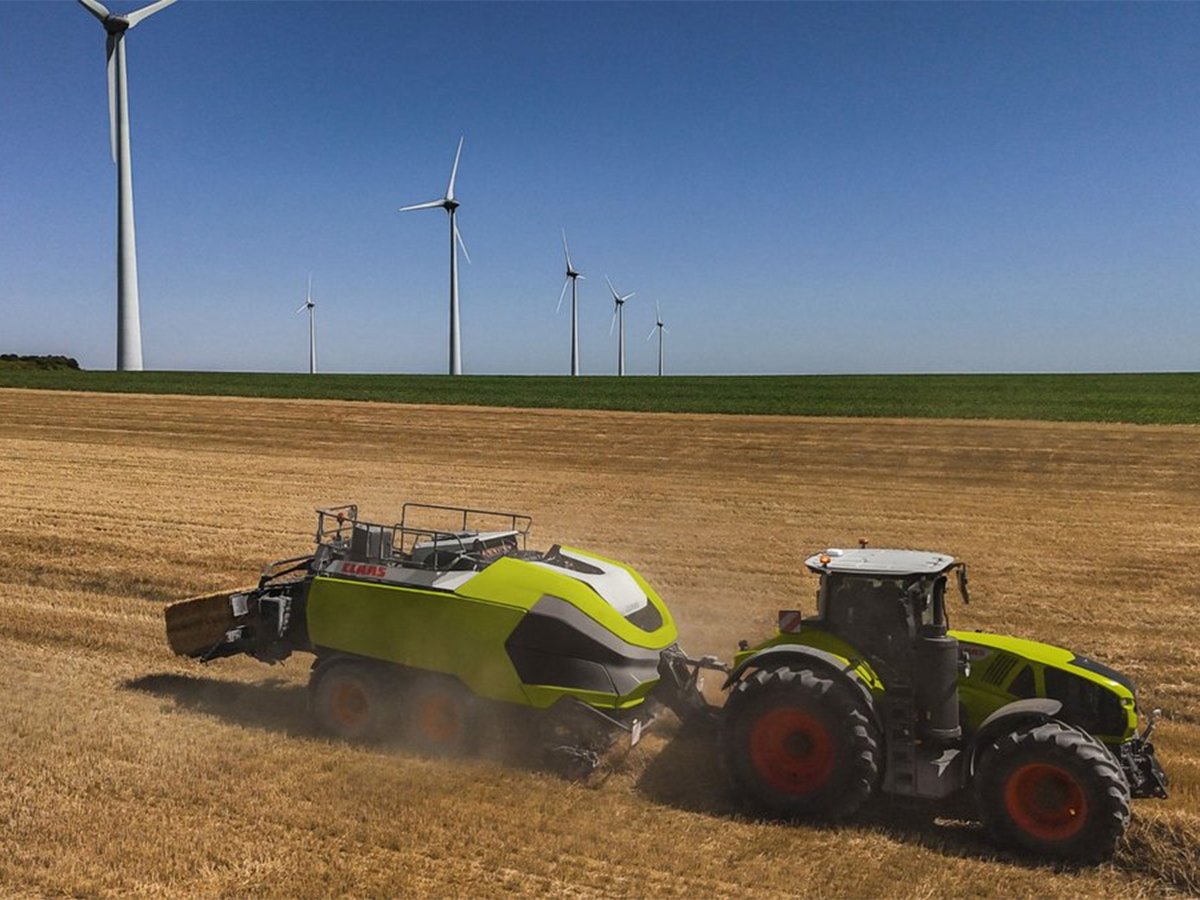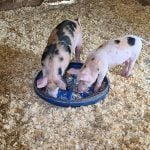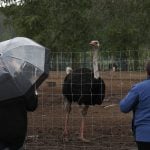Shelley Ireland is tired of her cattle being picked on.
Ireland, who is known for breeding miniature bulls near Delisle, Sask., said magpies have been responsible for the deaths of four bucking bulls and four bred cows over the previous three winters.
“The first year we lost four by them. The next year we lost two and the following year we lost two more,” she said.
“The one bull they got was full size. He was one that we halter broke and used for promotions.… They had him pecked so bad that you could see his backbone. Because they had hit a main artery, when he walked blood was spurting everywhere and running down his back.”
Read Also

Machinery automation runs through 2025 Agritechnica innovation awards
Computer vision and AI processing for farm machinery show up many times in Agritechnica’s 2025 innovation award winners.
Another bull died after birds pecked between the rib cage and punctured a lung.
She was able to save another bucking bull in similar condition.
“They had a hole pecked in his back the size of a softball and went literally down to his spinal chord. It was bubbling blood,” she said.
She sprayed a topical antibiotic in the wound and placed blue jean patches over it. She said the wound had healed by spring, but the bull had to miss bucking competitions for a year.
Neil Haugen of Loreburn, Sask., has put machinery grease on his cattle and donkeys to help keep the magpies at bay and allow wounds to heal.
“Get them out of the herd and put them in a lean-to and get this stuff on them and get the magpies away from them,” he said.
Brenda Lambden of Delisle, Sask., who carefully watches her ranch horses, said magpies will sometimes sit on the backs of her animals and peck at their shoulders. They also hang on the inside of horses’ legs and peck at their chestnut on the inner side of the leg above the knee on the foreleg.
“I had to barn the horses and put blankets on them. And then put them out at night,” she said.
Al Smith, author of the Atlas of Sask-atchewan Birds, said it’s common for magpies to focus in on large ungulates.
“They eat ticks in hard-to-reach places like ears and anal region,” said Smith, who also works for Nature Saskatchewan.
“That could easily translate into flesh eating when open sores are exposed.”
Smith, who participates in the annual Christmas provincial bird count, said magpie numbers were up by 26 percent between 2012 and 2013.
“That could be the difference between very little predation and a lot of predation,” he said.
Results are not in for last year, but Smith said long-term trend analyses indicate that magpie numbers are increasing by about one percent a year.
He speculated that population fluctuations are determined by the West Nile virus, availability of road kill and competition with ravens.
However, unlike ravens, magpies are not federally protected wildlife, which means producers can trap or shoot them without permits.
“But that’s small solace when they are pretty wily birds,” he said.
Corvids, which include ravens, crows and jays, are the most intelligent of birds and are difficult to trap and shoot.
He said feedlots are one of the magpie’s main habitats, but they can be found wherever cattle are kept.
“You’re probably creating a feedback mechanism where the more cattle you have, the more magpies do well and produce young, which increases the predation problem,” he said.
Smith said magpie control is probably needed in local areas.
“That may require more of a case of getting into the nesting areas,” he said.
Ireland has had no cattle losses this year, but she is still having problems.
“Yesterday (I saw) one of our little bulls with a big hole in his side, so I have to try and get him captured now,” she said.
“I know I have five head affected so far this year.”
High cattle prices make her particularly watchful of her cattle herd and a flock of brash scavengers.
“This year, if they take out a bred cow, well that’s a $1,700 hit we take, whereas two or three years ago our bred cows were $900,” she said.
Ireland remains vigilant with loaded traps and a .22 rifle.
“I trapped and shot 68 magpies last year. This year, I’ve only shot 13 so far.”
william.dekay@producer.com















